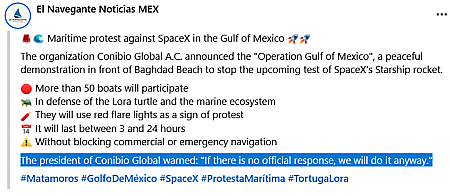Starmer government consolidates the UK Space Agency into larger agency

Soon to be gone, and likely forgotten
The Starmer Labor government in the United Kingdom today announced that it is stripping the UK Space Agency of its independent status and absorbing it into a larger agency, the Department for Science, Innovation and Technology,
Taking place by April 2026, the new unit will keep the UK Space Agency (UKSA) name and brand and will be staffed by experts from both organisations. This will drive up efficiency in line with the government’s Plan for Change, cutting red tape and making Whitehall more agile.
Today also sees the publication of over 60 recommendations from industry leaders on how to improve regulation for space missions, including Rendezvous and Proximity Operations (RPO) – where spacecraft work together in orbit.
The press release is filled with similar language extolling this bureaucratic change as guaranteeing a reduction of the red tape that has squelched the space industry in the United Kingdom, but a close review should make us all highly skeptical. The link for those “60 recommendations” lists nothing of a kind. Instead, it provides a second link to a report describing a government simulation of a licensing process for a commercial rendezvous and proximity satellite mission (RPO) (working with three different commercial companies) which is filled with bureaucratic language that is practically incomprehensible. For example, from the executive summary:
» Read more

Soon to be gone, and likely forgotten
The Starmer Labor government in the United Kingdom today announced that it is stripping the UK Space Agency of its independent status and absorbing it into a larger agency, the Department for Science, Innovation and Technology,
Taking place by April 2026, the new unit will keep the UK Space Agency (UKSA) name and brand and will be staffed by experts from both organisations. This will drive up efficiency in line with the government’s Plan for Change, cutting red tape and making Whitehall more agile.
Today also sees the publication of over 60 recommendations from industry leaders on how to improve regulation for space missions, including Rendezvous and Proximity Operations (RPO) – where spacecraft work together in orbit.
The press release is filled with similar language extolling this bureaucratic change as guaranteeing a reduction of the red tape that has squelched the space industry in the United Kingdom, but a close review should make us all highly skeptical. The link for those “60 recommendations” lists nothing of a kind. Instead, it provides a second link to a report describing a government simulation of a licensing process for a commercial rendezvous and proximity satellite mission (RPO) (working with three different commercial companies) which is filled with bureaucratic language that is practically incomprehensible. For example, from the executive summary:
» Read more













